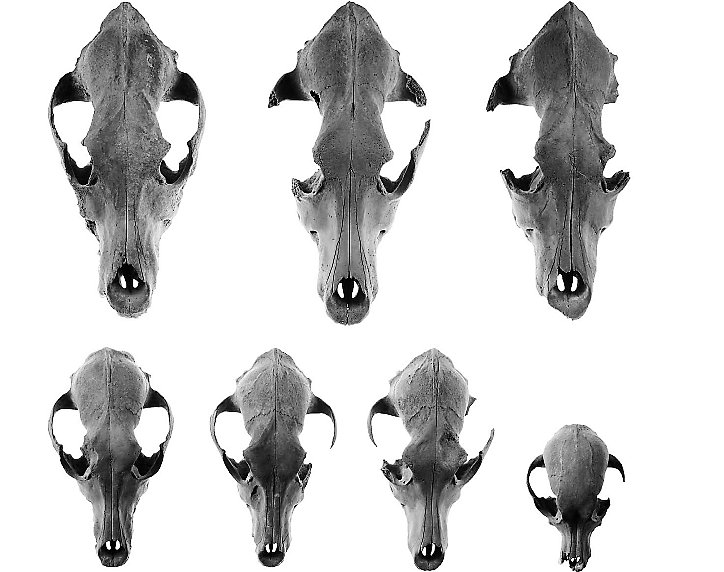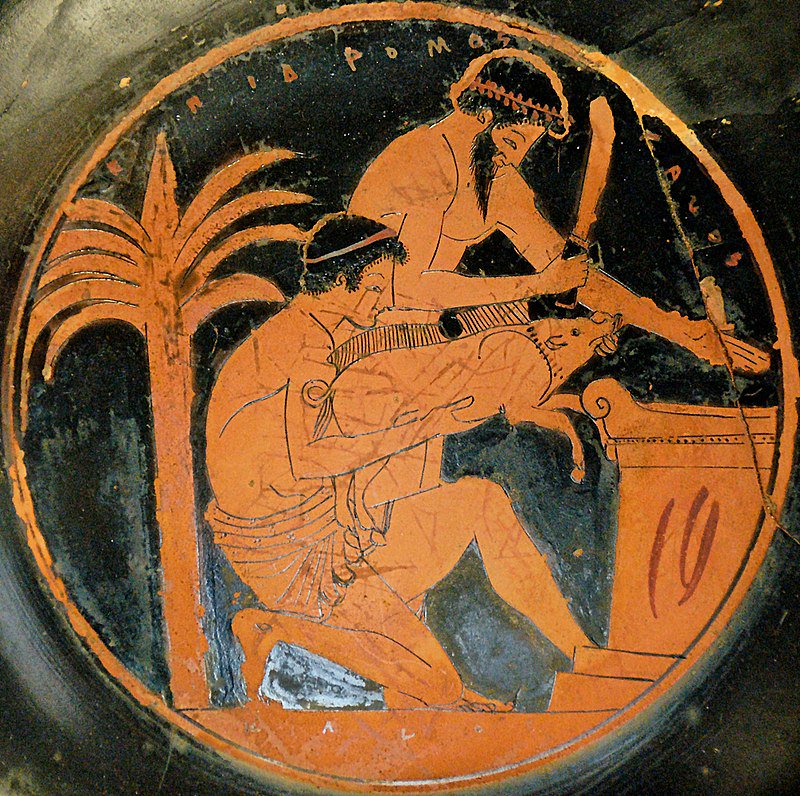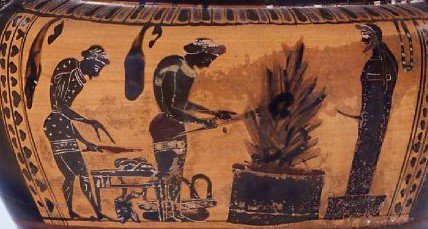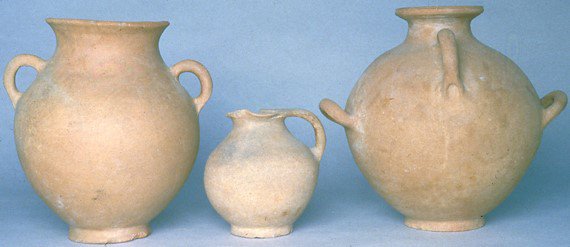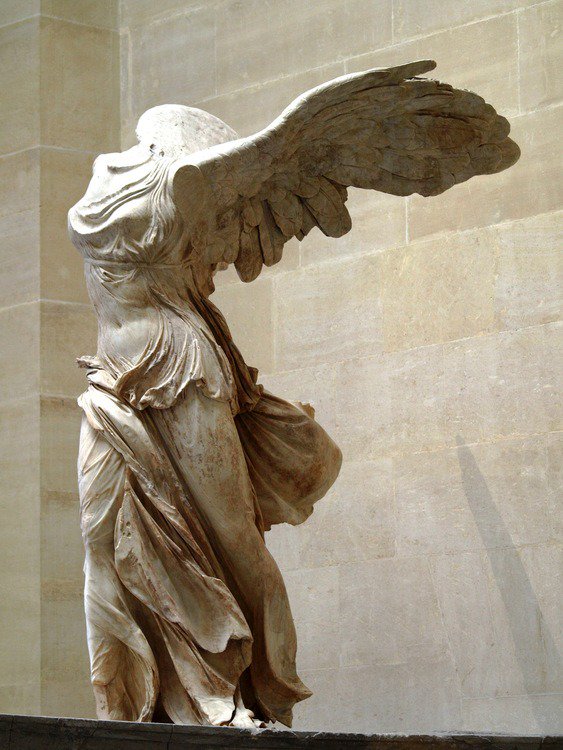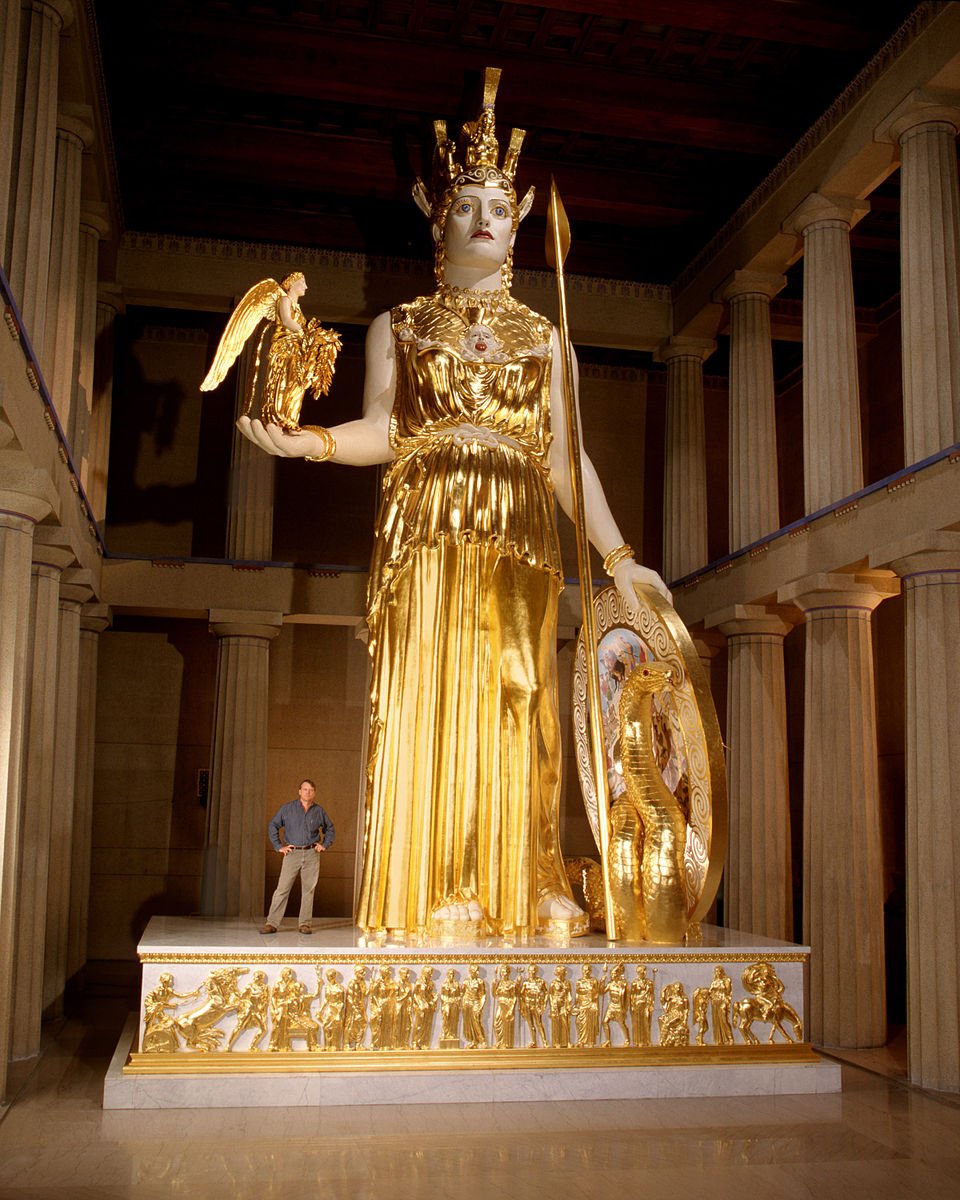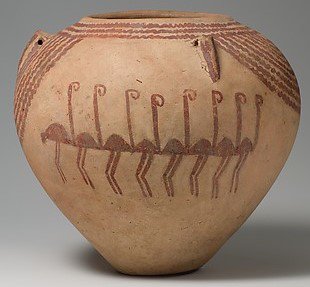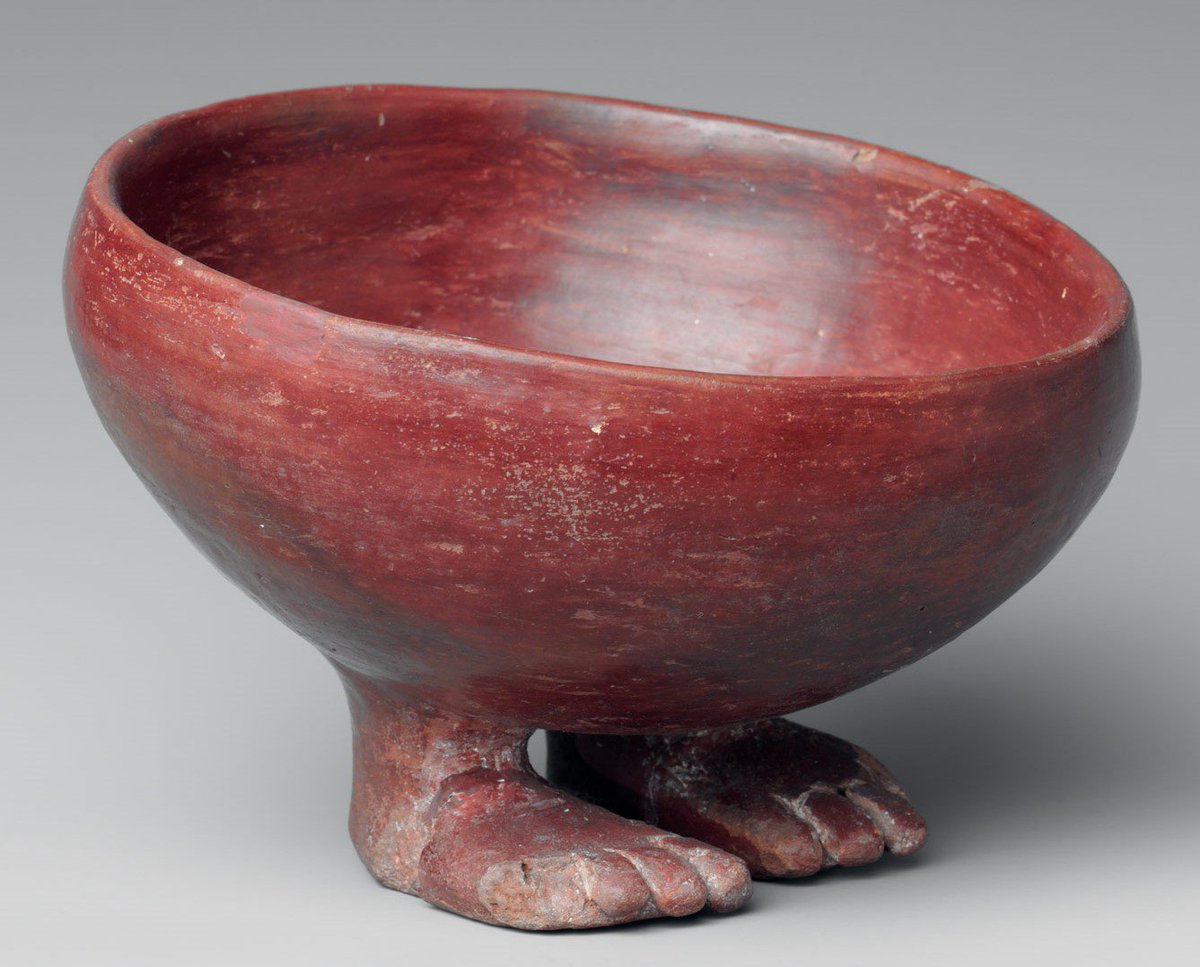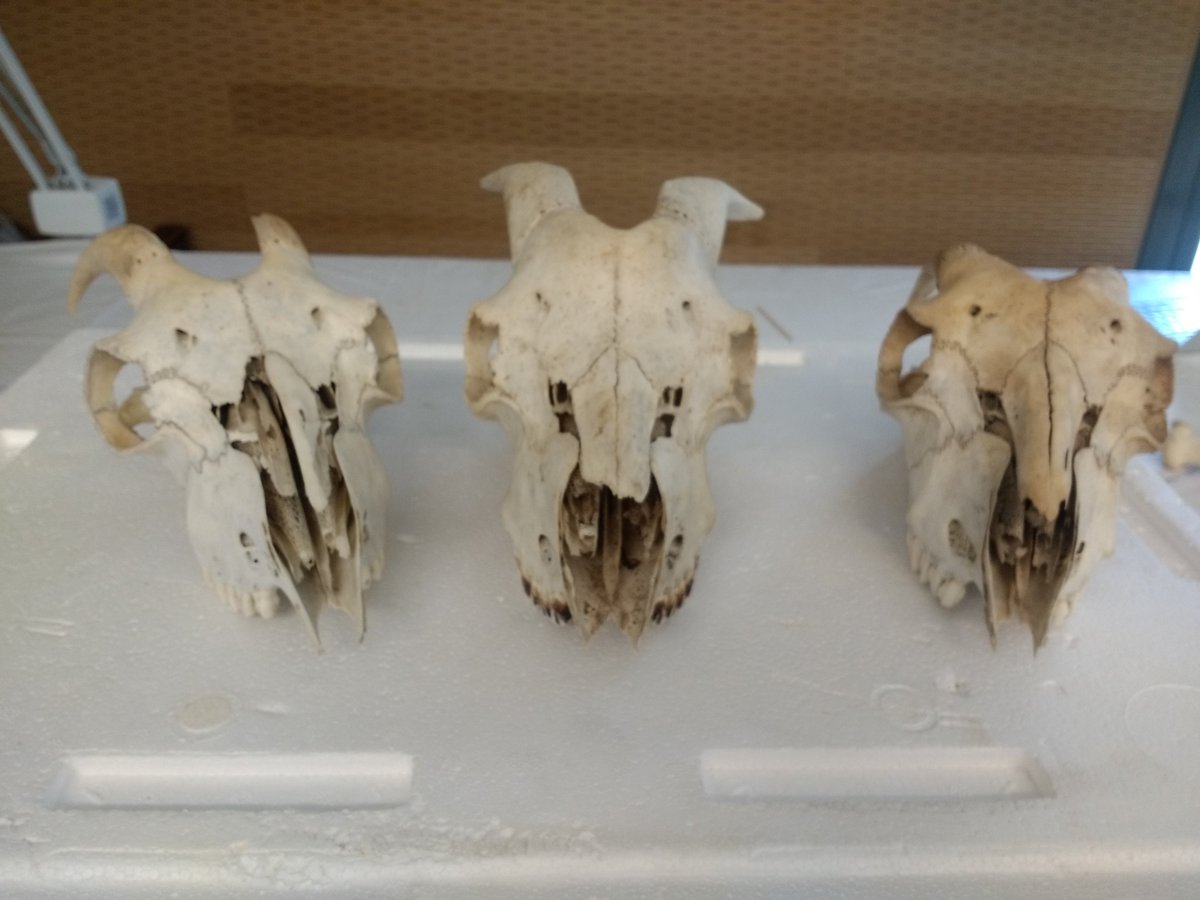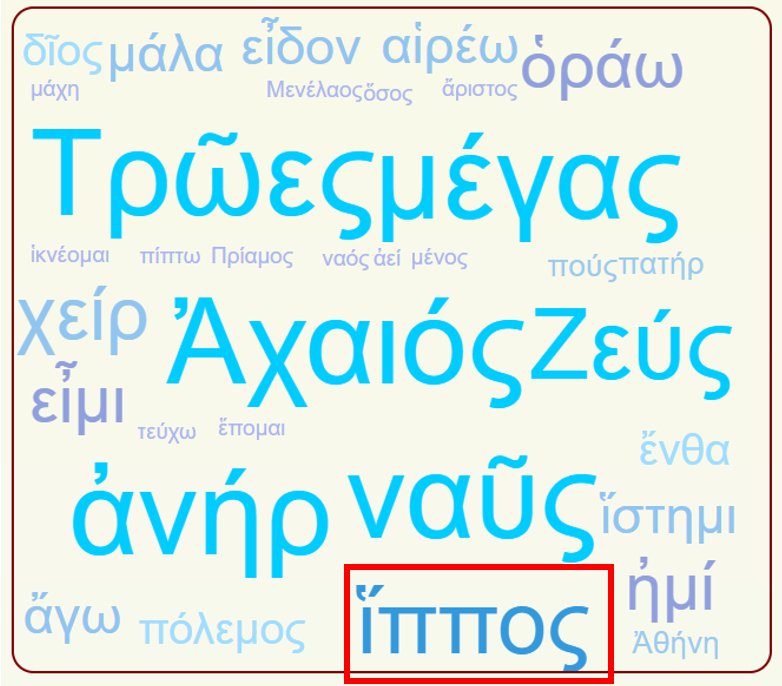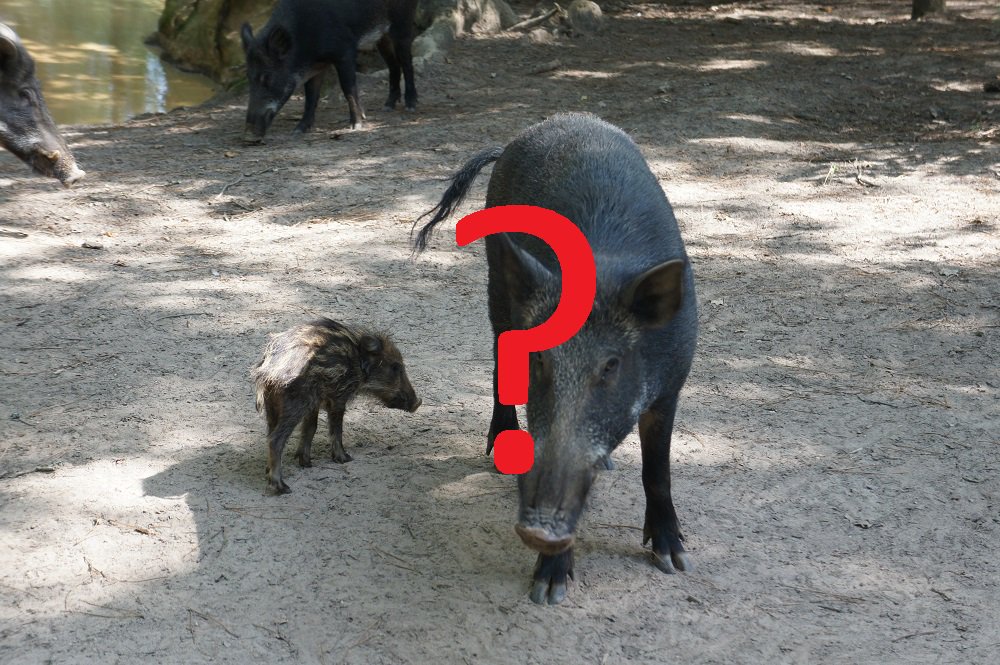A few thoughts about this Humanities article making the rounds
1) if declining humanities enrollments are due to misperception of low value, then WE need to do better job selling ourselves... #humcomm needs to be the new #scicomm
theatlantic.com/education/arch…
1) if declining humanities enrollments are due to misperception of low value, then WE need to do better job selling ourselves... #humcomm needs to be the new #scicomm
theatlantic.com/education/arch…
2) Humanities (and social sciences) departments need to reward public engagement that highlights the value and relevancy of our disciplines to modern society. We need to highlight to everyone what they can learn from our rigorous methods and nuanced approaches into humanity
3) Humanities departments need to adapt. The article points out that newer, identity related fields have been successful during this crisis (ethnic, gender, and cultural studies). These are still minor components of most traditional humanities departments' course offerings
4) The article also points out that disciplines that combine humanities and science have fared well. Humanities and social sciences need to teach the contextualization of scientific ideas & data. We need to be good at science so we can teach students how science impacts humanity
5) Yet, if you look at job postings (as I do obsessively), I simply see so many offerings for tenure-track posts framed in a traditional mold (w/ the exception of some digital humanities posts). I know academia changes slowly but c'mon profs on search committees.. We need change!
• • •
Missing some Tweet in this thread? You can try to
force a refresh


